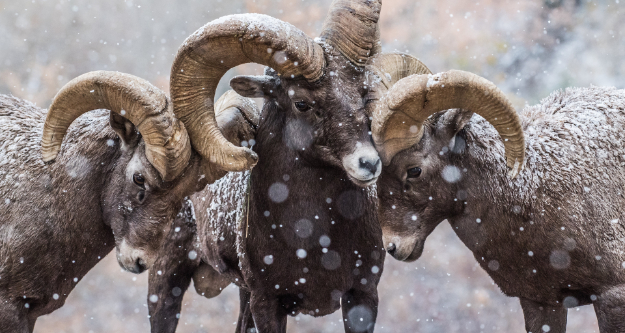
Visual Harmony: The Rule of Odds
Feb 9, 2024
Jay
Nature Photography
Where we often learn that balance can create a more enhanced and engaging photo, the opposite is obviously also true. Symmetry is one of those techniques that’s is often talked about when we look at photographic compositions but one that’s often overlooked and not really talked about is the rule of odds.
The Essence of the Rule
This “rule” of odds is more of a composition guideline than a rule, as is the case with all those rules. It’s good to look at your subject before you take the shot and think about what kind of composition you want to create. But it’s certainly something for every nature photographer to keep in mind what the strength of the rule of odds can be.
In basis the rule is very simple; Make sure your subject is an odd number of elements. Because when we as humans see an even number of objects we tend to group things to gather, but an odd number often allows one to stand alone, call it the odd one out.
The rule of odds works best if you have one main group where one is you main subject and the others are complimenting the first. Sometimes it could help if the subjects are touching, but if you make sure there is a clear correlation between your subjects this will help enhance the shot. And yes, a portrait picture is technically also an example of the rule of odds.
Psychological Impact
That this phenomenon is something that is rooted in our brain has been tested multiple times. One study shows that when people where asked to pick a number between 1 and 10 almost 49% picked the number 7 and almost all chose for an odd number.
Another experiment conducted by Terence Hines, a professor of psychology at Pace University in New York, showed also some interesting insight on our brains in relation with odd numbers. During his experiment, participants where shown two numbers simultaneously. They were tasked to only push a button when both numbers were even or odd. His research showed that when shown two odd numbers the participants took about 20% longer pushing the button than with even numbers.
So this showed us that even numbers often give us more ease and makes us feel calmer and friendlier. In contrast to that odd numbers make us think about what we see, and asks more focus from our brain and so off that of the viewer.
Practical Application
Now knowing what odd numbers do with our brain. We can look at how we can use this knowledge to our advantage during out next shot. When you think that the rule of odds is indeed something you want to use for your shot just make sure you focus on these steps.
- First identify the key subject of your picture.
- Try to find where elements are or can be grouped together.
- Make your primary groups contain of odd numbers.
When you are looking for your composition try to stay focused on your main and key subjects. Trying to look to far in the background to make everything in odds will get overwhelming quick and is often not that important for the eventual results.
Also keep in mind that this not a real rule, if you are working with an other kind of composition rule this would not apply. Or if you are shooting a subject that would only work if it is even.
Conclusion
In conclusion the rule of odds is something that works on a psychological level in our brain, and when you look around you you will find many examples.
And for your next shoot just think about what you want to tell with the photo. Something to make people feel at ease, or do you want to make the even numbered create balance and stability, odd numbers create interest and more compelling pictures.
